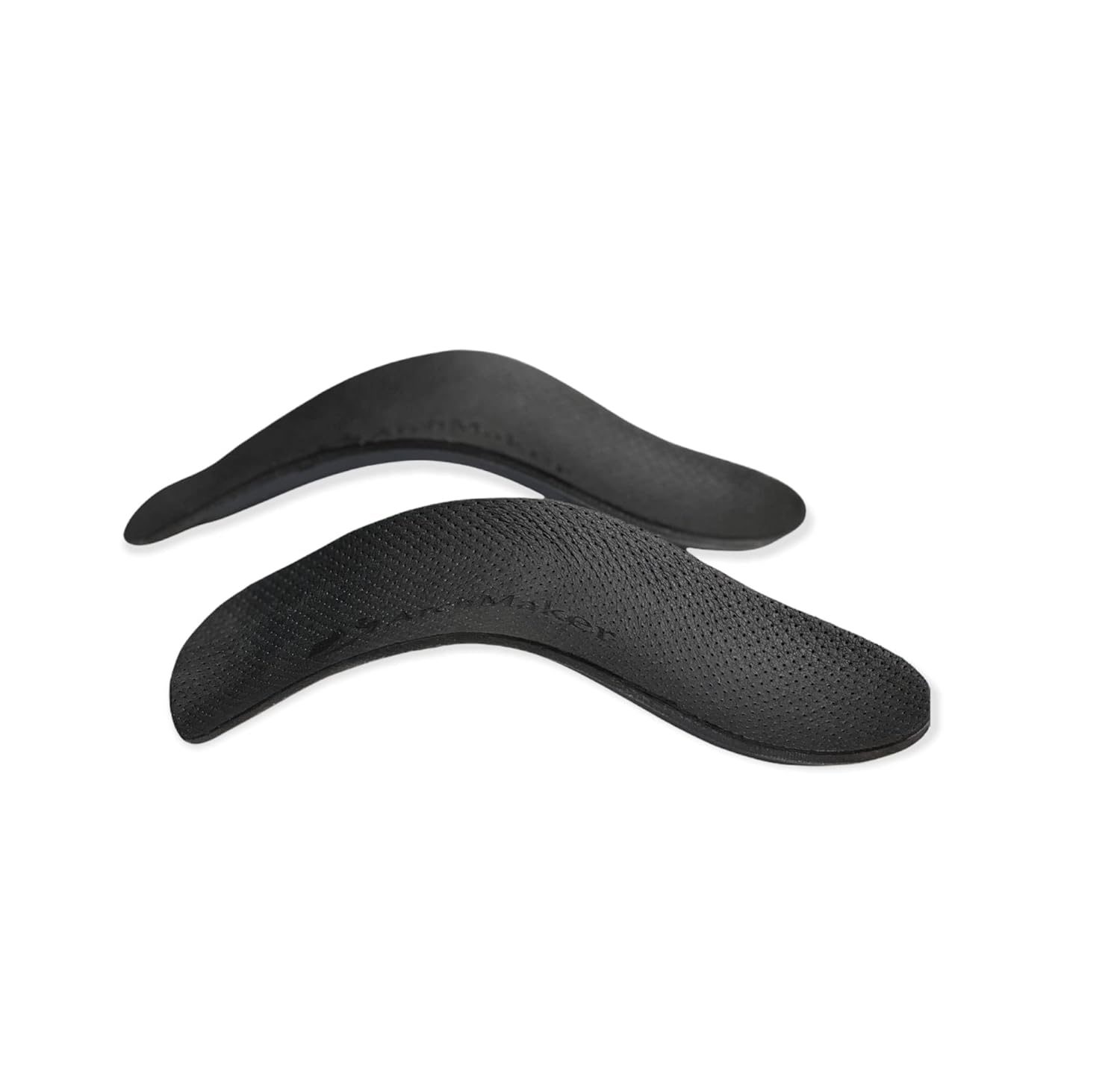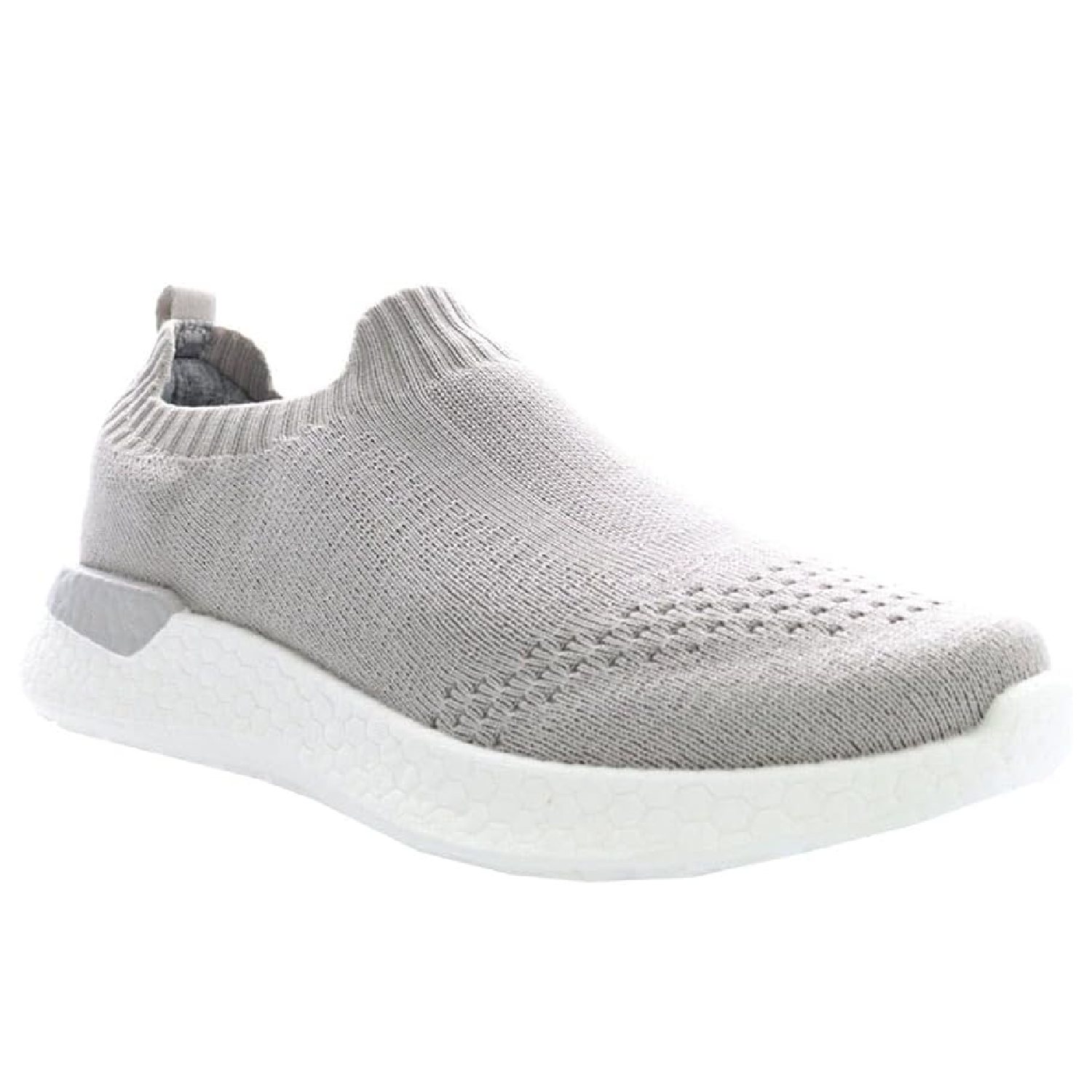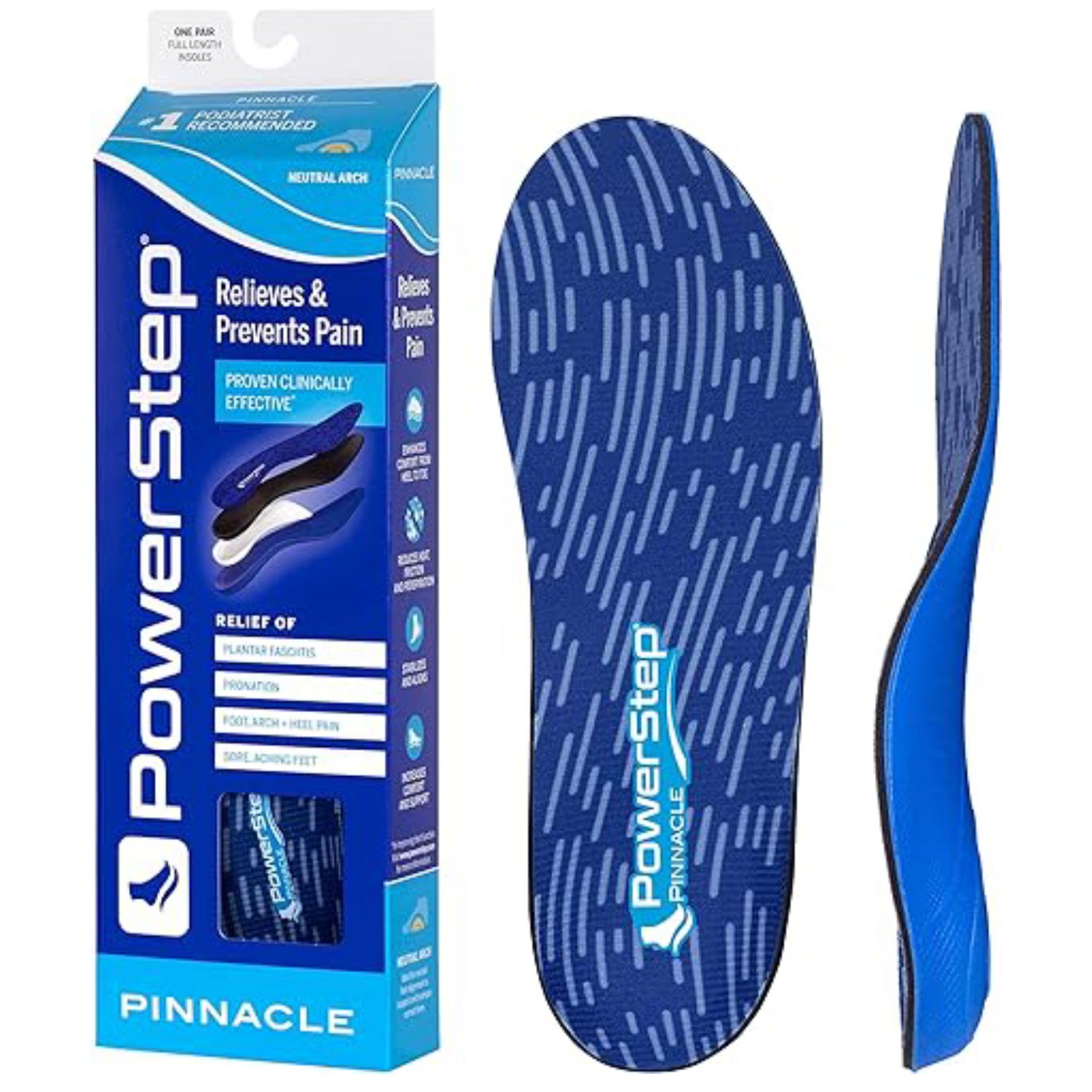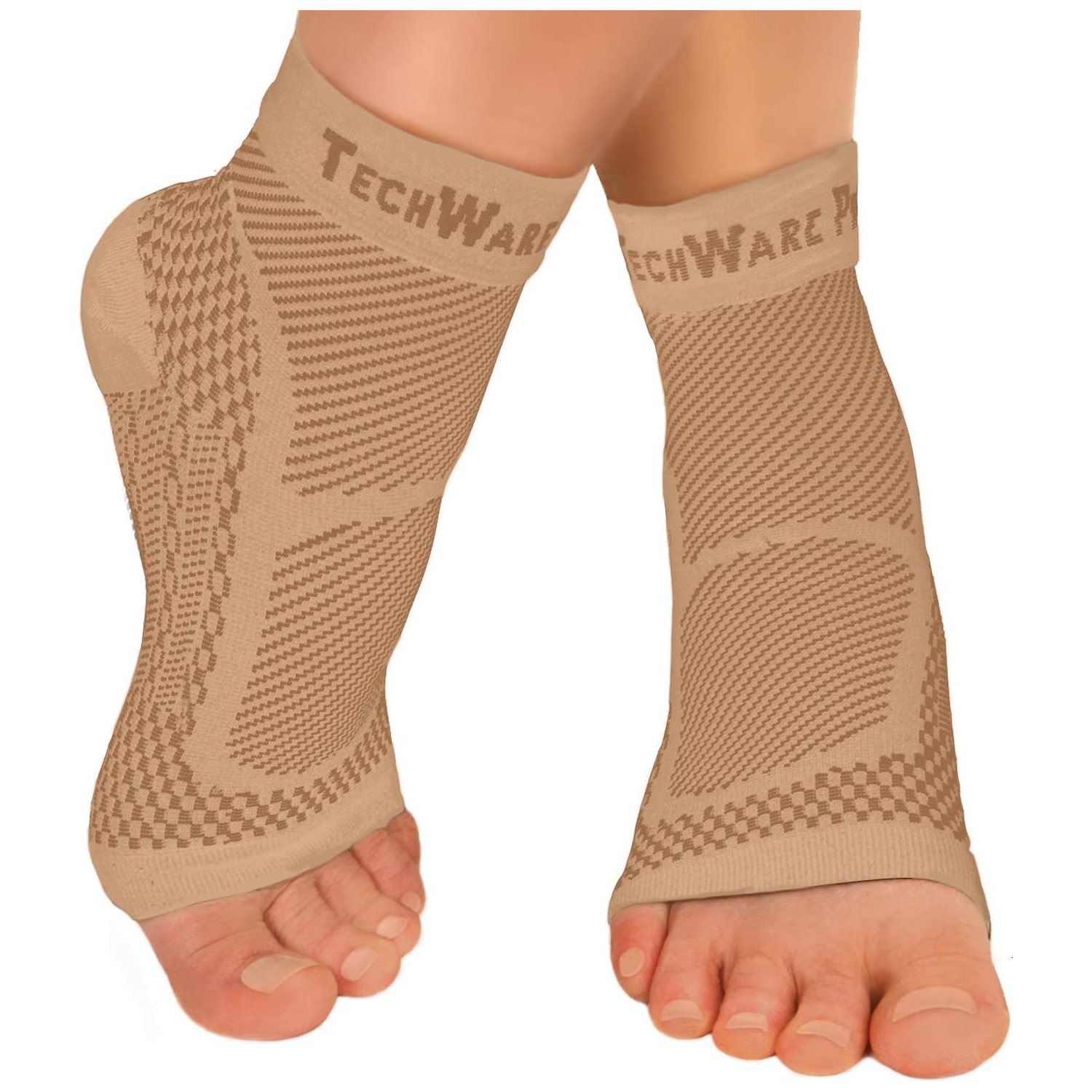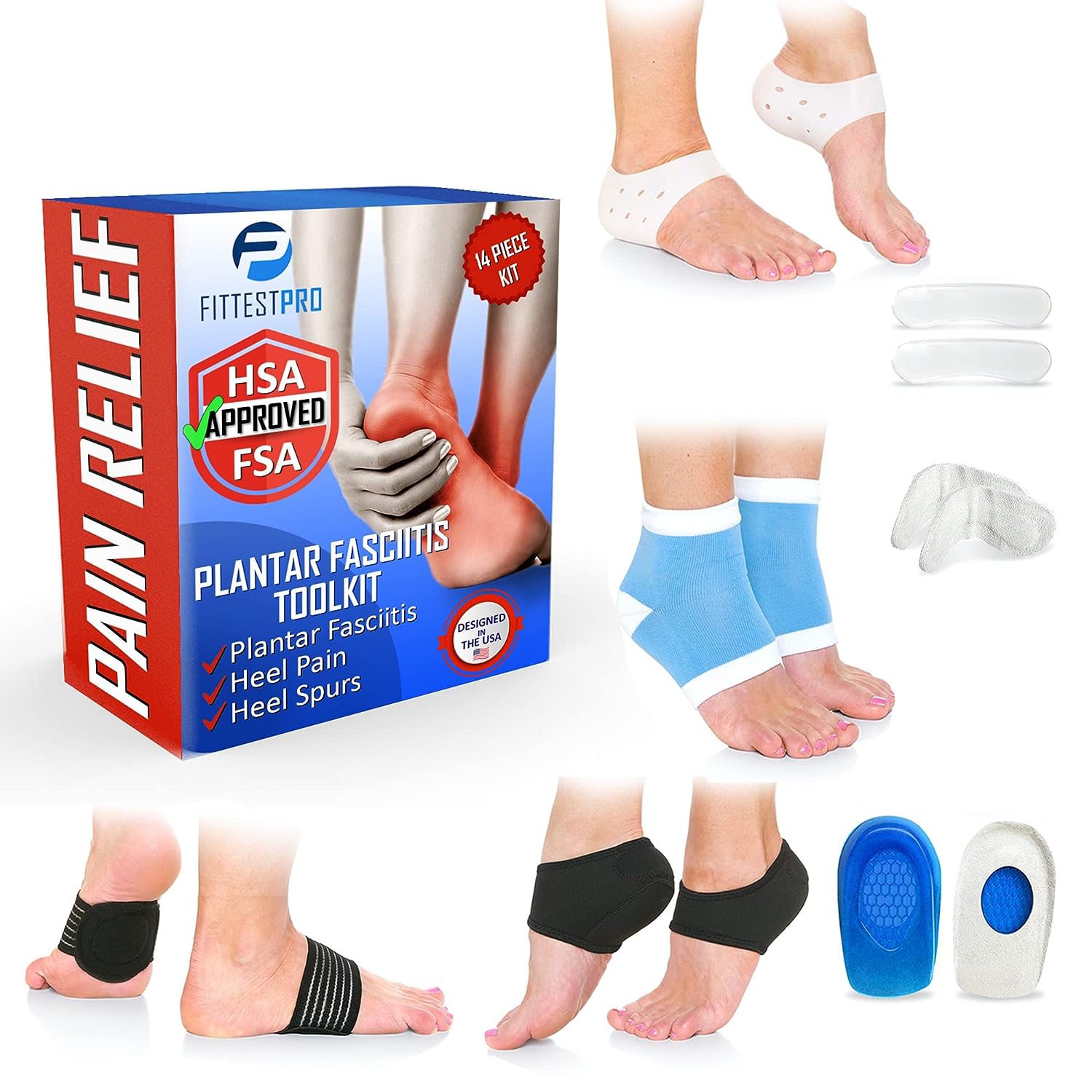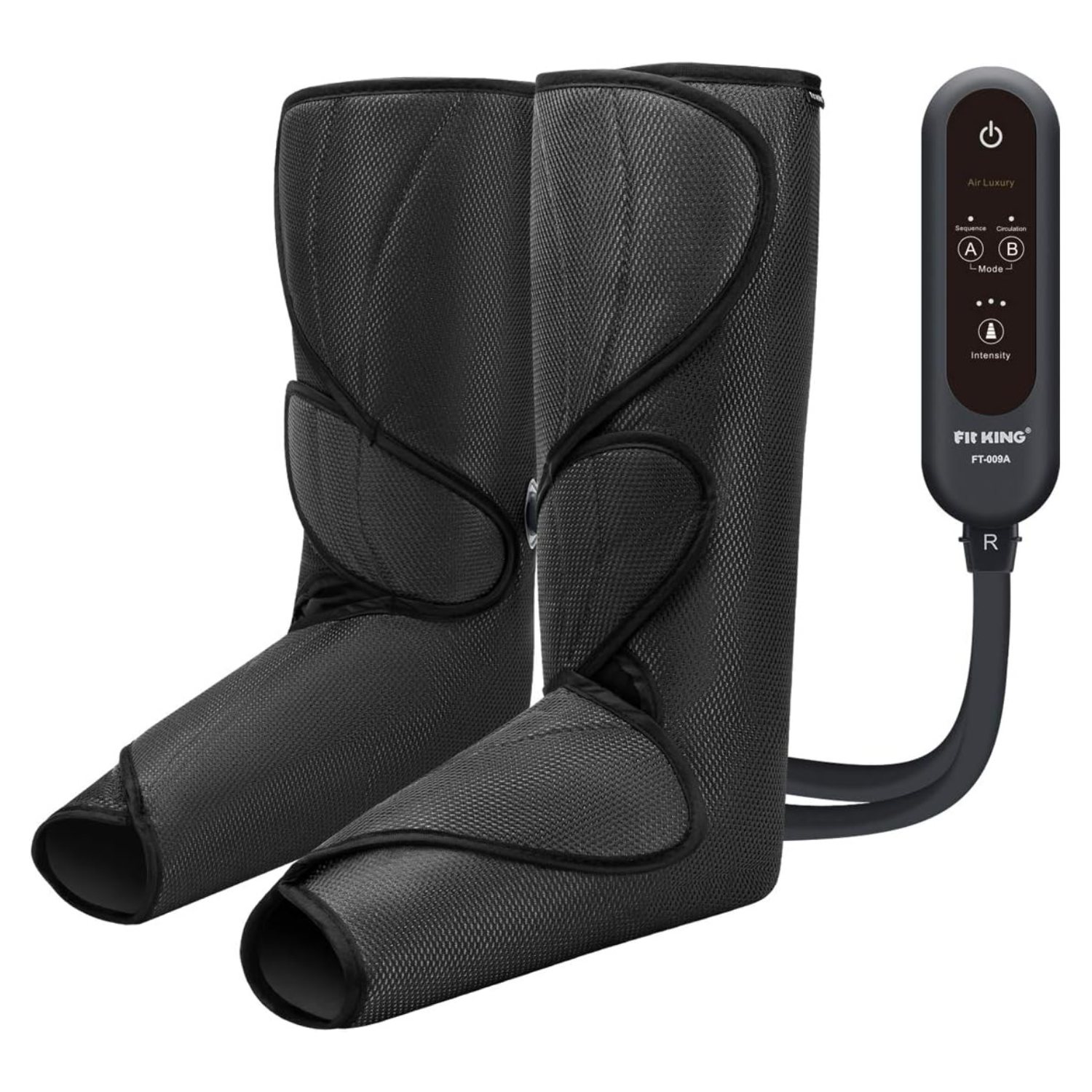When it comes to choosing the right shoes, there are various factors to consider. If you have a medical condition such as diabetes or plantar fasciitis, your footwear needs might be different compared to someone without these conditions. So, what is the difference between Diabetic friendly shoes, an Orthopedic Shoe, or a Plantar fasciitis Shoe? Here are the features you should look for in each.
Diabetic Friendly Shoes
Diabetic shoes are designed with extra depth and width to accommodate any foot deformities or foot ulcers that may occur as a result of diabetes. They are designed to minimize foot injuries and promote proper blood flow.
Orthopedic Shoes
Orthopedic shoes offer a customized fit for individuals with specific foot problems. Orthopedic shoes are often recommended for those with foot or ankle problems as they provide extra support and cushioning, or have space for removeable footbeds and custom orthotics.
Shoes for Plantar Fasciitis
Plantar fasciitis shoes are specifically designed to help alleviate pain caused by plantar fasciitis, a condition that affects the heel and arch of the foot. These shoes typically offer arch support, a deep heel cup, and extra shock absorption.
Whether you need a Diabetic Friendly Shoe, an Orthopedic Shoe, or shoes for Plantar Fasciitis, here are the top 7 things to look for.
1. Each must be deep enough to fit an insole or custom orthotic if the liner is removed.
2. When you tap the back of the shoe on a solid surface, it cannot wobble. Any shoe that wobbles is defective or worn, including shoes in you closet or new shoes.
3. The upper of the shoe should not show bony areas of your foot
4. There should be enough height in the sole that the shoe has shock absorption. There is no one height that is perfect. Try them on with insoles and pick the one that feels best on your feet.
5. When you go through heel to toe gait, the shoe should be conforming to this gait, meaning the shoe follows the entire length and rhythm of your walk.
6. Ideally, better made shoes have extra holes for laces that go to the side of the ankle. These extra holes need to be used to force your heel back into the shoe and help with true heel to toe gait.
7. Lacing a good shoe is important in its function so each shoe should have laces that can be tightened. The tightest section should start from the tongue and tighten as you get closest to the ankle. Slip on shoes should only be worn briefly when not in athletic activity.
If you are looking for shoes that are orthotic friendly or designed for serious foot conditions, it is best to consult with a podiatrist who can recommend the right footwear for your individual needs.
Looking for long-term relief from Plantar Fasciitis? Finding the right shoes is important while active, but using a product like Archmaker while at rest will create the muscle memory needed to heal plantar fasciitis for good. Visit https://archmaker.net/product/archmaker/ to learn more .
